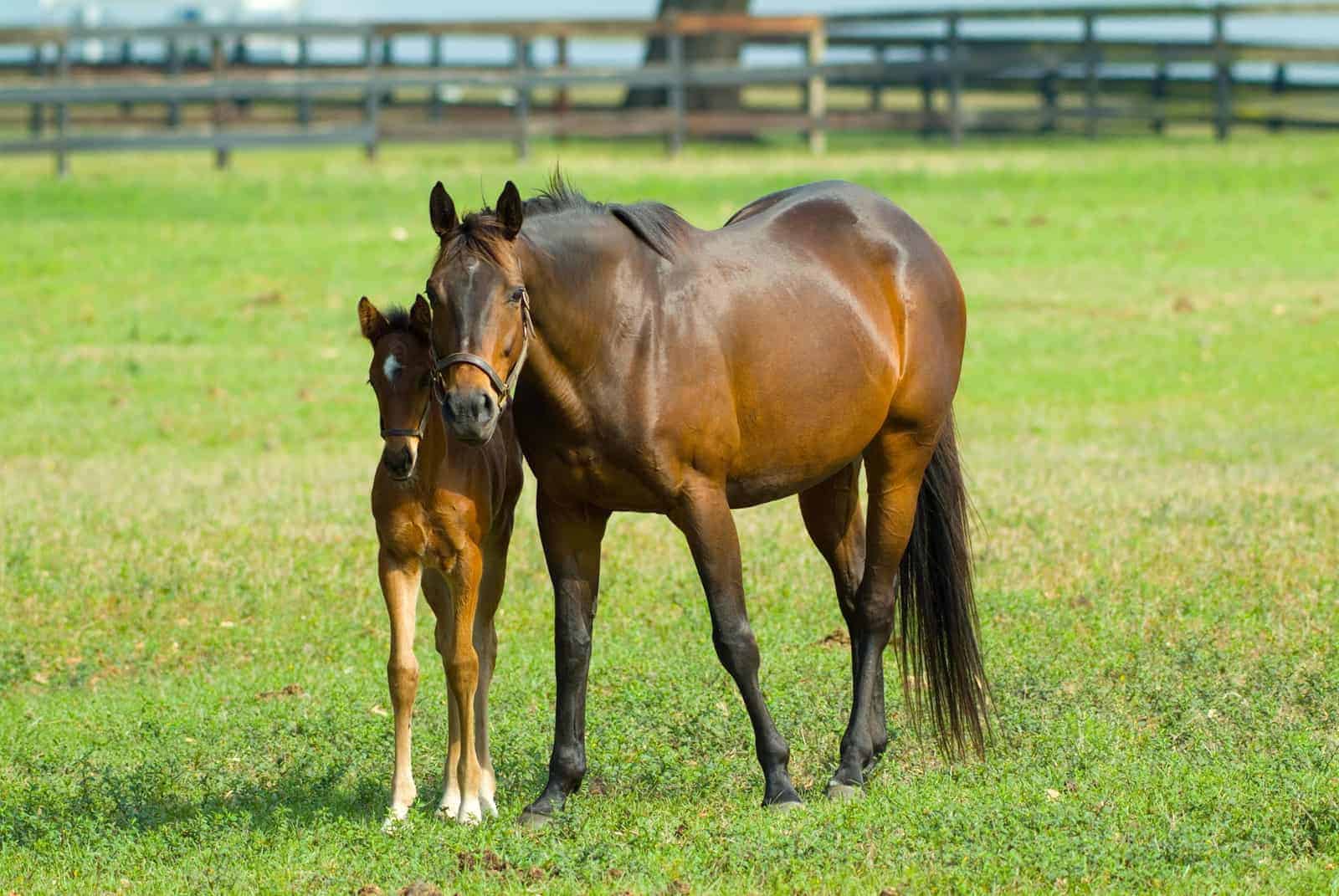Study Finds Potential Ascending Placentitis Biomarker

In the study, messenger RNA (mRNA) of serum amyloid A1 (SAA1)—part of the serum amyloid A (SAA) family—was expressed much more in the placental tissues of pregnant mares that developed ascending placentitis under experimental conditions than those that didn’t. By focusing on this precise variant SAA, scientists might soon be able to distinguish placentitis from other causes of inflammation, said Yatta Linhares-Boakari, DVM, PhD, MS, of the University of Auburn, in Alabama, who completed her PhD at the University of Kentucky.
The findings “might be indicative that SAA1 would be a novel and specific biomarker for placentitis,” Linhares-Boakari said.
To explore how different candidate biomarkers might be related to ascending placentitis, Linhares-Boakari and her fellow researchers bred 10 pony mares that were part of the University of Kentucky research herd. When the mares were about 287 days pregnant, the scientists introduced Streptococcus equi spp zooepidemicus through the cervix of half the mares to induce ascending placentitis.
After the disease was well-established—about three days later—the researchers took blood samples and then sedated and euthanized the affected mares, as well as the five other mares, to study their tissues and those of their fetuses. (The study “was deemed ethical in relationship to the samples and information it would provide, which will help understand placentitis better in mares,” Linhares-Boakari explained.)
The researchers found that SAA values in the mares’ blood was significantly higher in the group with placentitis—confirming the results of previous studies, Linhares-Boakari said. Meanwhile, they also found, for the first time, that haptoglobin (Hp, another protein associated with general inflammation) values in the fetuses’ blood was significantly higher in the placentitis group.
Additionally, they recognized a critical and previously unseen trend at the mRNA level, she said. They observed relatively more mRNA expression for both SAA and Hp in the livers of mares with placentitis compared to those of the healthy mares. Meanwhile, they also noted a greater relative abundance of SAA1 mRNA transcripts—meaning more mRNA expression—in the chorioallantois, part of the placental membranes, in these mares.
This indicates “there is a distinct pattern of tissue-specific production of APPs (acute phase proteins) during the period when there was placentitis,” the research team stated in its recent publication.
The findings highlight the disease process of ascending placentitis and might indicate a useful way to pinpoint the disease in its early stages when it might be easier to treat, said Linhares-Boakari. However, it’s still too soon to see any SAA1 tests in the breeding sheds.
“The main finding of this study was that SAA1, an isoform of SAA which has not been studied and described extensively in equine, was seen to have higher concentrations of mRNA (upregulated) in reproductive tissues,” she said.
“This suggests that SAA1 might be of interest as a specific diagnostic tool for earlier diagnosis of placentitis,” she said. “However, there are no assays that can identify SAA1 in blood samples, and I am not aware of such an assay being developed yet.”
Their research is ongoing.

Written by:
Christa Lesté-Lasserre, MA
Related Articles
Stay on top of the most recent Horse Health news with












